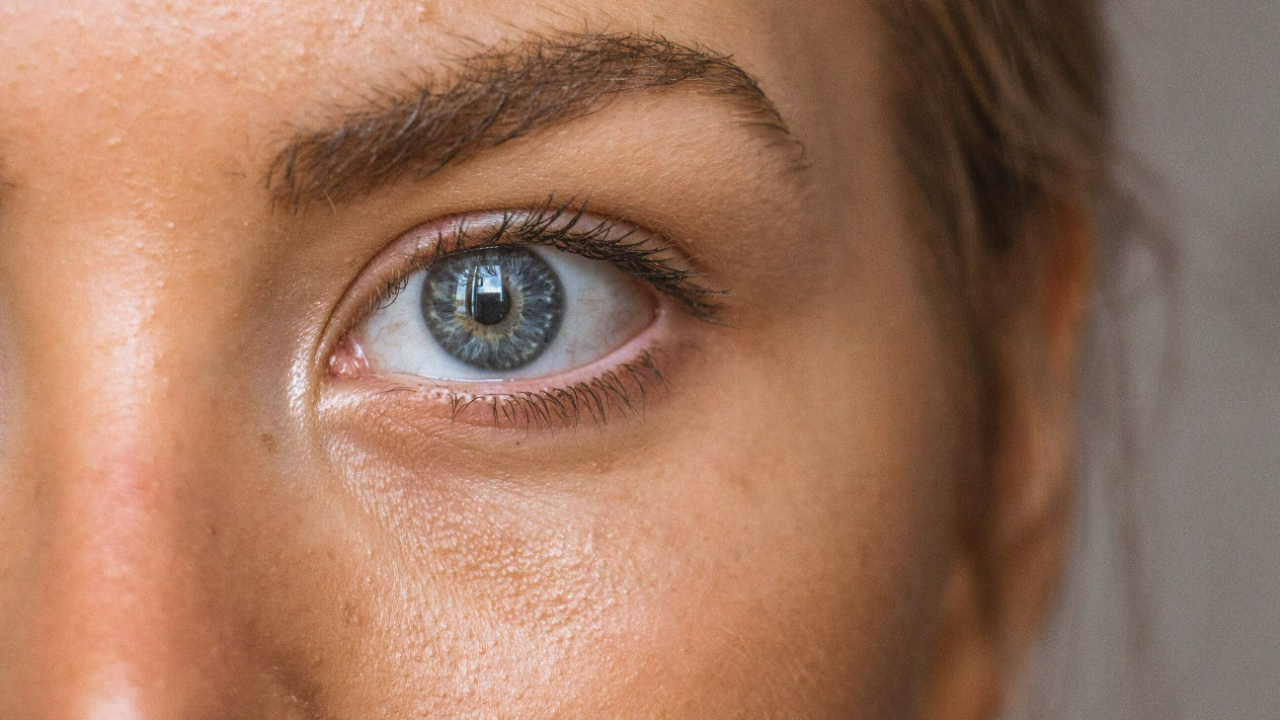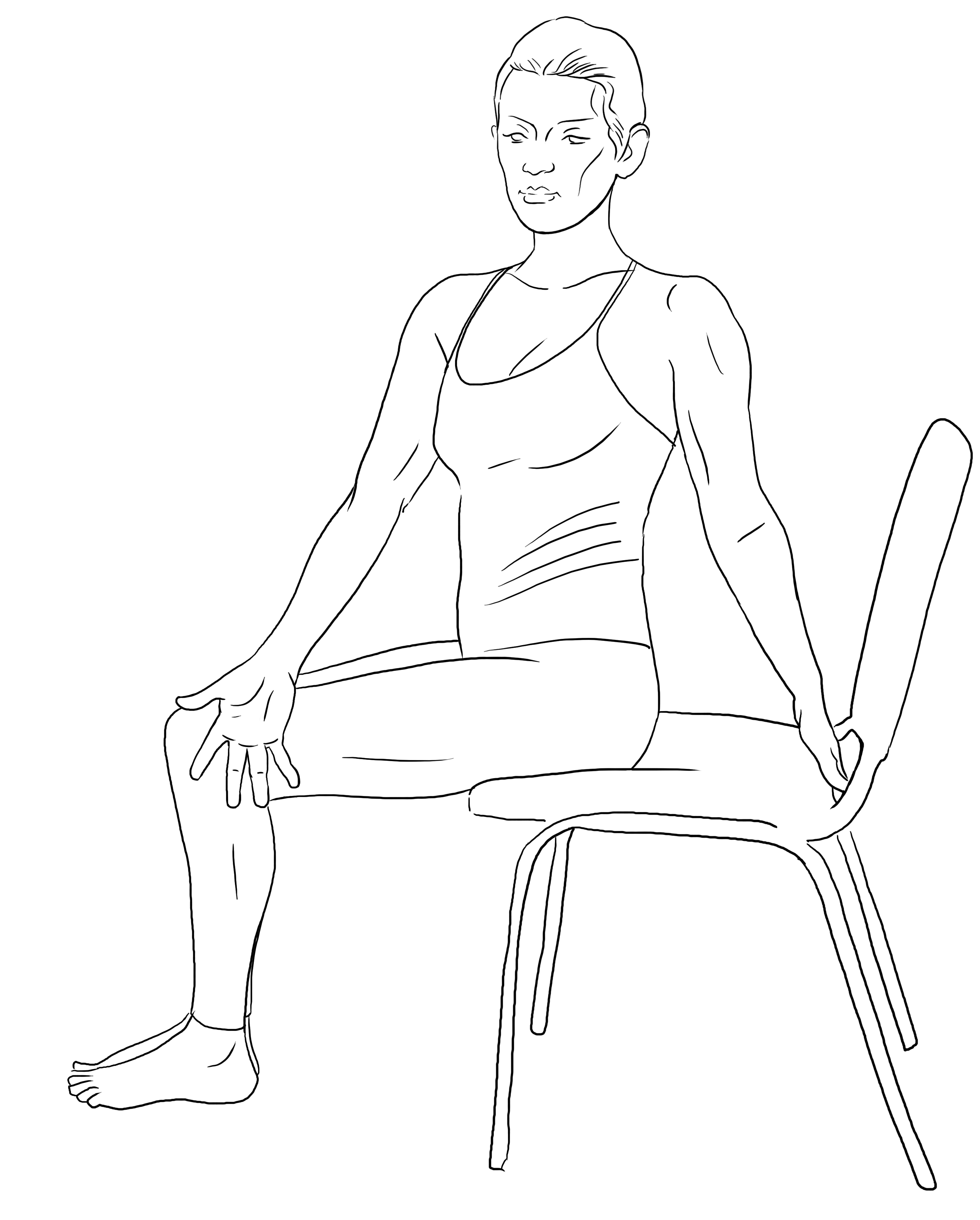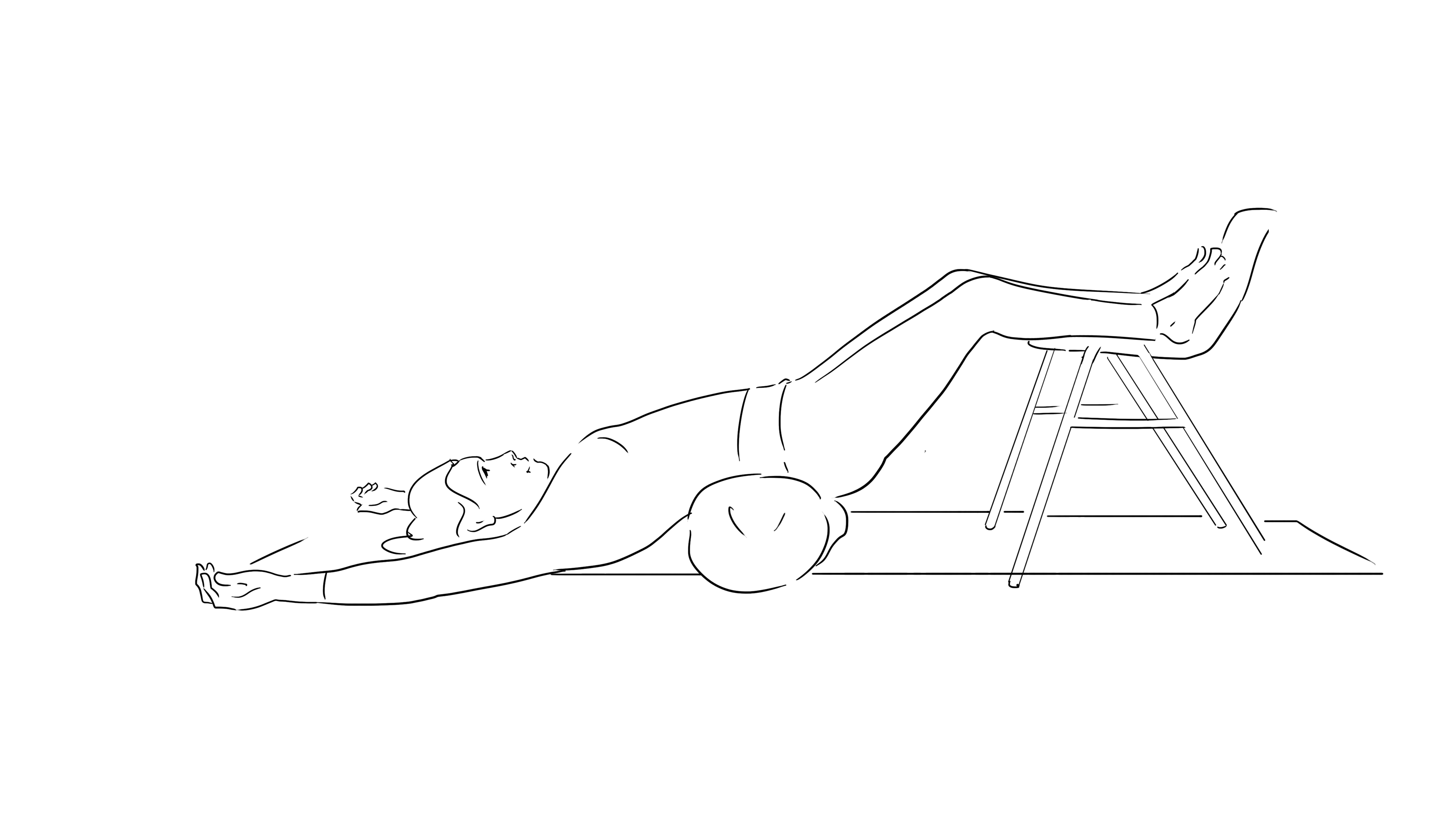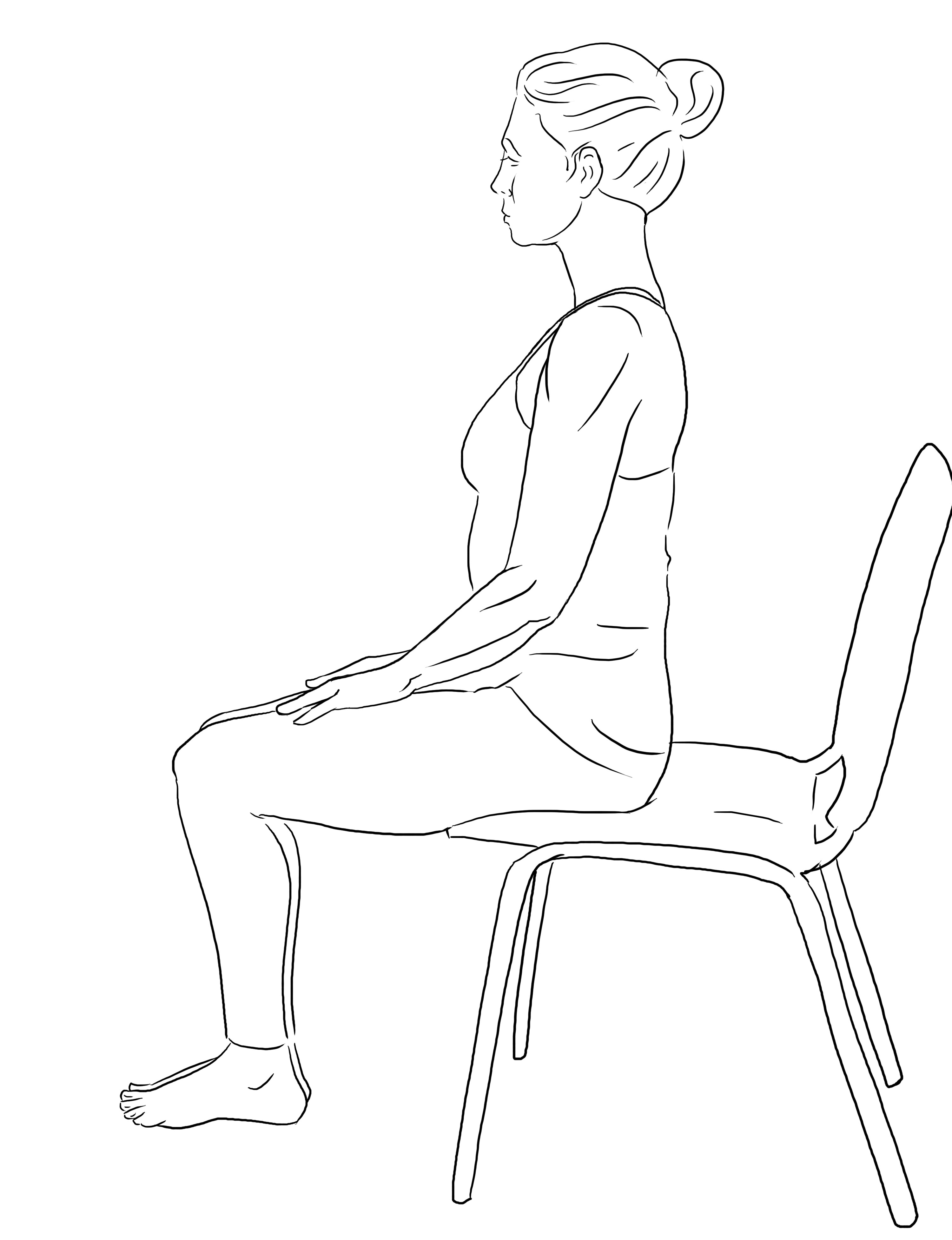How to Have Great Skin
Nov 02, 2023
Our skin is the place where we both meet the world and show ourselves to it. How we are feeling and our level of vitality often shows up on our skin, with many of us using make-up to change or enhance this presentation. When we’re feeling tired or run down we can also feel more vulnerable and feel the need to hide what we might perceive as flaws with a little help – create the mask we want people to see. Looking after ourselves on a deeper level can help both how our skin looks and how we feel in relation to others around us.
The skin is the largest organ in the body, weighing on average 5kg. It is classified as an organ because it is made of layers of different tissue, which have different roles. Skin not only acts as container for the insides of the body, it acts as a barrier to infection and other substances. It also allows us to touch, plays an important role in temperature control, is a site of elimination and also produces vitamin D.
Lymph and blood vessels provide skin with the nutrients, water, hormones and oxygen it needs to function, grow and repair. Good circulation of blood and lymph is therefore important for skin health and exercise and drinking plenty of water support this further. Our lymphatic system is a key part of immunity and good ‘lymphatic flow’ is seen as lustre in the skin, a ‘glow’.
Collagen is the protein complex that gives skin its strength and elastin provides its ability to stretch and return to shape. It is thought that changes to elastin may contribute to the formation of wrinkles as we age. Elastin is damaged by free radicals, harmful particles that are released as a result of the use of oxygen in cells, but also from exposure to sunlight, alcohol, pollution and cigarettes. See antioxidants below to help counter this continual assault on our outer layer.
Stress can lead to outer (and inner) inflammation as when in the ‘fight-or-flight’ response our body readies us for physical danger, anticipating that if we are injured, we will need to close up wounds quickly to stop the bleeding by expanding the surrounding tissues. Stress also diverts oxygen and nutrients away from skin, hair and nails as in times of danger their growth and health is not seen as vital to survival. Much of skin health comes back to circulation – for the delivery of oxygen and nutrients and the removal of toxins via lymphatic circulation just under the skin.
Some signs on the skin can reveal what is happening internally:
- Ashen face - tired adrenals due to chronic or long-term stress can show up as a pale or grey face as circulation fails to reach the periphery and production of melatonin is impaired.
- Dry skin can reflect a lack of the essential fatty acids that make up cell membranes and act to keep them flexible and waterproofed, as well as preventing unnecessary inflammation. See information on omega oils below.
- Poor healing (with brittle nails and dull hair) – shows a possible need for B vitamins that can get used up quickly making energy in the stress response.
- Inflammatory conditions like eczema, dermatitis and psoriasis - need for zinc, digestive support and omega oils.
- Acne - also above but hormonal component (need for vitamin B6) and sugar reduction, as sugar prompts conversion of testosterone (in women and men) to metabolites that can trigger the condition.
With a modern diet often lacking in the levels of nutrients we need to function optimally and factors like stress, pollution and higher levels of exercise using them us quickly, taking a good multivitamin and mineral complex can help provide the nutrients mentioned above, good examples are Higher Nature Maxi Multi and Viridian Woman Essential Female Multi.
Supplementation is just that though – to be taken on top of a conscious diet that nourishes us inside and out. Looking after ourselves shows on the outside as a sign of self-compassion.
Feeding Healthy Skin
What we see on the outer layers of our bodies is a reflection of what we are putting in. When we first make positive dietary changes, we can often experience a period of skin eruptions or old issues surfacing as we clear things from the inside out. You can take a liver-supportive supplement of Lamberts Milk Thistle during this time to support these detoxification processes.
- Drink plenty of water and herb teas – this dilutes any toxins and supports liver function - the first course of action in skin health. The skin is the largest organ of the body and an alternative route for ridding toxins if the liver and kidneys are struggling. Drink between meals (about 1 hour either side) to provide the fluids needed for digestion, but not to dilute stomach acid when eating. Pukka or Birt & Tang make dedicated detox teas to support skin clearing systems.
- Eat at least five servings of fruit and vegetables each day – include green, purple, red, orange and yellow fruits and vegetables, onions and garlic. The more colours, the more antioxidant nutrients; vitamins A, C and E and the minerals zinc and selenium. Carrots, tomatoes, peppers, watercress, berries, grapes, beetroot, cabbage, broccoli and kale are excellent sources and also provide fibre and bioflavonoids - plant chemicals that heal, support immunity and tone the skin. For those who exercise a lot (so produce more oxidising free radicals as ‘exhaust’), are under much stress or have a lot of exposure to sunlight, air travel, screens, pollution and chemicals, consider an extra antioxidant supplement such as Nature's Plus ageLOSS Skin Support.
- Eat organic - to avoid chemicals and pesticides that put a strain on the liver and the immune system. They can cause oxidative damage to the skin, which needs the antioxidant nutrients for reparation. Fresh fruit and vegetables are alkalising and cleansing and may have more skin-supportive trace minerals and antioxidants when organic.
- Eat foods naturally rich in fibre – for example, whole grains, beans, lentils and root vegetables. Fibre binds to and carries toxins out of the body. A build up of toxins may cause skin problems. Fibre can also help reduce constipation, which if present, may lead to a sluggish lymphatic system and even more difficulty in clearing toxins from the body.
- Eat one tablespoon of fresh seeds a day – use a mixture of ground pumpkin, sunflower, sesame and hemp or linseed. These contain zinc and selenium and the omega oils that may help to reduce inflammation and allergic reaction. They also help to regulate hormones that may cause skin problems and promote circulation and blood flow. Use their oils (cold-pressed) with cleansing lemon juice as a salad dressing.
- Eat oily fish three times a week – these contain the omega 3 essential fatty acids that are frequently missing in modern diets. They are necessary for hormone production and are missing more and more in human breast milk, which is implicated in the rise in incidence of eczema and other inflammatory conditions. Sardines, mackerel, tuna, salmon and herring are the best sources, but may contain some toxic heavy metals so should be only eaten three times a week. Those with inflammatory skin issues (atopic) like acne, eczema, dermatitis and psoriasis should consider an omega 3 oil supplement such as Wiley's Finest Wild Alaskan Fish Oil Peak EPA or a vegan algae form such as Solgar DHA – plant forms require conversion that those with atopic conditions struggle to make.
- Reduce dairy products - these can be inflammatory even if they do not provoke a reaction due to intolerance and may be high in hormone residues. Dairy foods may aggravate or trigger skin conditions so try alternatives such as Soya milk and tofu. “Live” or “bio” yoghurt is more tolerable, but can raise histamine levels leading to immune reactions if eaten too often.
- Eat simple meals of fresh, unprocessed foods and ensure food is chewed thoroughly – partially digested food can putrefy in the gut and upset the balance of the gut environment, needed for the optimal detoxification needed for skin health.
- Avoid sugar and refined foods such as white bread, rice and pasta, cakes, biscuits and pastries – these can upset hormone balance, impair immune function, cause inflammation and disturb the delicate balance of gut flora, all of which may be a contributing factors in acne and other skin problems.
- Sulphur is needed for the synthesis of collagen – a principal protein that gives the skin its structural integrity. It can be supplemented in the form of L-cysteine (protein), MSM (methylsulfonylmethane) and is abundant in foods such as eggs, onions and garlic, dried beans, cabbage, brussel sprouts, fish and meat. A good sulphur skin supplement is Pharma Nord MSM with Silica.
Lifestyle factors for great skin
Our outer layer was designed as protection and as such is a large part of our immune function. It was designed to have a direct relationship with nature and the elements, whereas much modern stress is diverted inwards – to belly and brain. Natural expression out in nature can be sadly lacking in modern lives and the more we re-acclimatise ourselves to the ‘good stress’ of feeling air and cold on our skin – not to mention a few scratches and insect bites – the more our immune system pays attention to our skin. This may be particularly true if you experience poor healing or infections on the skin that don’t seem to be ‘seen’ by your immune defences and repair mechanisms.
Some key factors can help us approximate the more primal conditions we evolved with and that support the factors that create skin health:
- Get out away from screens, electricity and centrally heated environments as often as possible.
- Dry brushing replicates the friction on the skin that we would get from contact with the natural world – brushing long strokes all over your body with a hard brush towards the heart increases circulation, lymphatic detoxification and exfoliating old skin cells to stimulate new growth. Do up to daily before bath or shower.
- Keep walking – our most natural movement pattern is designed to keep healthy lymphatic flow, as this system relies on motor activity to keep flowing. We need to walk daily, especially if we’ve been sitting for long periods on time, so get up and walk away from screens at least once an hour.
- Laughter and joy – we are pack mammals and stress-relief, healthy immunity and the kind of compassionate resilience that shows on our skin relies on bonding contact with others; easy laughter, hugs and intimacy with those you feel safe with shows a relaxation through your outer body as you feel you need to put up the defences less.
YOGA PRACTICES TO SUPPORT SKIN HEALTH
Meditation on movement
This is an example of a kriya (action, effort) used in Kundalini yoga to move energy through the body, detoxify and clarify – including out through the skin. The continual movement through the arms and shoulders whilst lifting upright . As the motion is continued for up to three minutes (build up so you don’t add tension to your shoulders), it can move you through the period that a craving has been shown to typically last. Breathe fully into long releasing outbreaths to ensure relaxed face and jaw throughout.
- Sit in easily upright position, on a chair is good for many or at least on one block (two is best) to raise hips easily above knees and lift up through the pelvis. Spend a few moments settling into your breath and releasing your shoulders, moving into them if you need.
- Bring your fingertips onto your shoulders and lift your elbows in towards your ears on an inhalation.
- Open your elbows out and extend your arms (just above shoulder height) on the exhalation.
- Feel the motion supported by your belly and side ribs rather than lifting the shoulders.
- Keep this motion following the breath, allowing the exhale right to its end point and stopping to rest if you feel agitation.
Twisting


Twists are often said to ‘wring out toxins’ which is a lovely poetic phrase, with some truth as they pull and compress onto opposite sides of spiral fascial lines (connective tissue) across the torso as we move each way. Interspersing our practice with twists on different planes (lying, all-fours, sitting, standing and inverting) also enervates organs, glands and tissues that all play roles within detoxification, repair and exchange of nutrients; as well as rerouting the flow of bodily fluids.
Inversions

Turning our whole world upside-down not only gives us a new perspective, but also relieves the load the heart needs to pump blood up from the lower body and helps the job of the lymphatics. Supported versions (as shown) also add an extra calming dimension as fully allow the heart and nervous system to come to rest – the parasympathetic nervous system tone where repair and healing can occur. Without such recovery time, the whole constant regeneration of skin cannot fully happen.
Golden Thread Breath
This is a very simple practice that gives you a focus to observe any thoughts, feelings or bodily sensations that you wish to let go off or change in nature – including the tensions that we hold in that impede circulation to skin and restrict our outer shell and how we meet the external world. It can be done in savasana at the end of a practice or to enter meditation in another position.
Step back from expectation or labels of ‘good or bad’, ‘pleasant or unpleasant’ that may arise, to allow yourself to simply feel and invite letting go. This is sometimes easy, sometime not but notice that everything is always changing to bring acceptance to each moment.
- Breathe with a focus on the out breath, with full emptying of the lungs – without force or pushing, simply what is easily on offer at any time.
- Then visualise a golden thread leaving your nostrils, riding on your exhalation and moving in a beautiful flowing line out of your body. Simply let this vessel carry away whatever you are ready to release, watching with curiosity to notice how your body feels as these changes happen.
- Step back from expecting a result, solution or outcome from this practice, rather use the lovely image of the golden thread to cultivate release without labelling what you don't need as 'bad'.
To come out, roll to whichever side feels most safe and take your time coming up. The non-judgemental practice here also helps us to move away from constantly critiquing and comparing ourselves to others in terms of what might be deemed attractive or not – the freedom to simply be can in itself help the lustre of our outer layers shine!
Discover Whole Health with Charlotte here, featuring access to yoga classes, meditations, natural health webinars, supplement discounts and more...





